
Privacy statement: Your privacy is very important to Us. Our company promises not to disclose your personal information to any external company with out your explicit permission.
Tricot beams have a long and storied history in the world of textile manufacturing, playing a pivotal role in the creation of a wide range of fabrics. This article delves into the evolution of Tricot beams, tracing their development from early iterations to their modern-day applications.
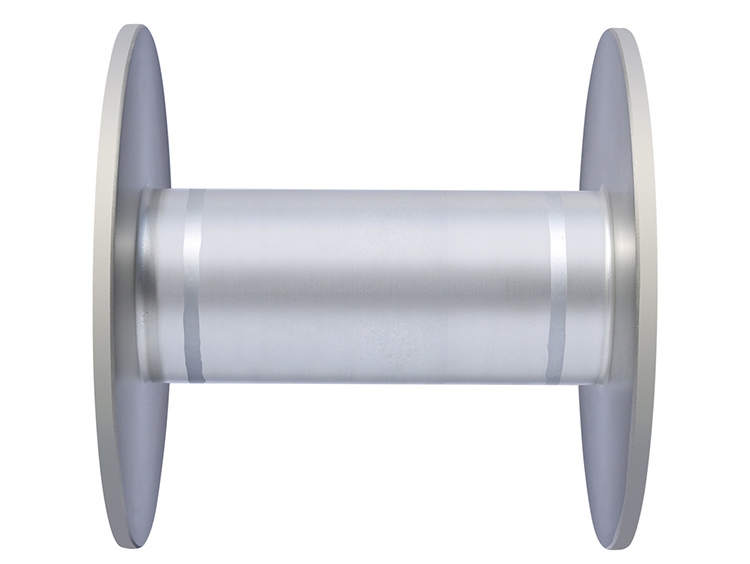
The origins of Tricot beams can be traced back to the 19th century when the textile industry was undergoing significant transformations due to the industrial revolution. The demand for faster and more efficient textile production methods led to the development of warp knitting machines, with Tricot beams being a crucial component.
The early Tricot beams were simple in design but represented a groundbreaking innovation. They consisted of wooden or metal cylinders that held warp yarns under tension. These yarns were then fed into the warp knitting machine, where they were interlooped to create fabrics. While the early Tricot beams lacked the precision and versatility of their modern counterparts, they were a significant leap forward in textile manufacturing.
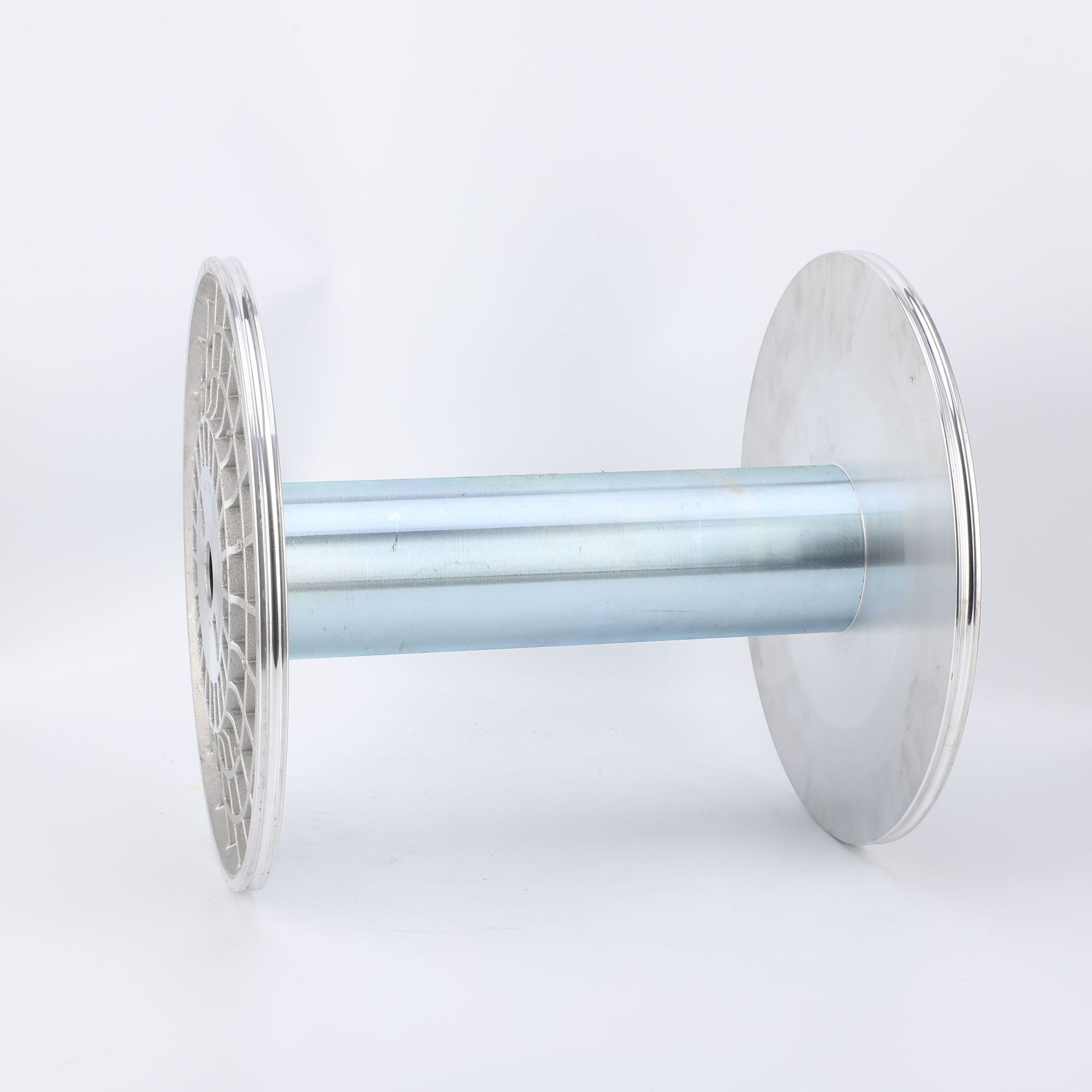
Over the decades, Tricot beam technology continued to evolve. The materials used for Tricot beams shifted from wood and metal to lightweight and durable materials like aluminum and carbon fiber. These advancements in materials not only reduced the weight of the beams but also improved their durability and resistance to wear and tear.
The mid-20th century marked a turning point in Tricot beam technology with the introduction of electronic controls. These controls allowed for precise tension adjustments, enabling manufacturers to produce fabrics with consistent quality. Additionally, electronic controls opened the door to more intricate and complex fabric designs, paving the way for the production of innovative textiles.
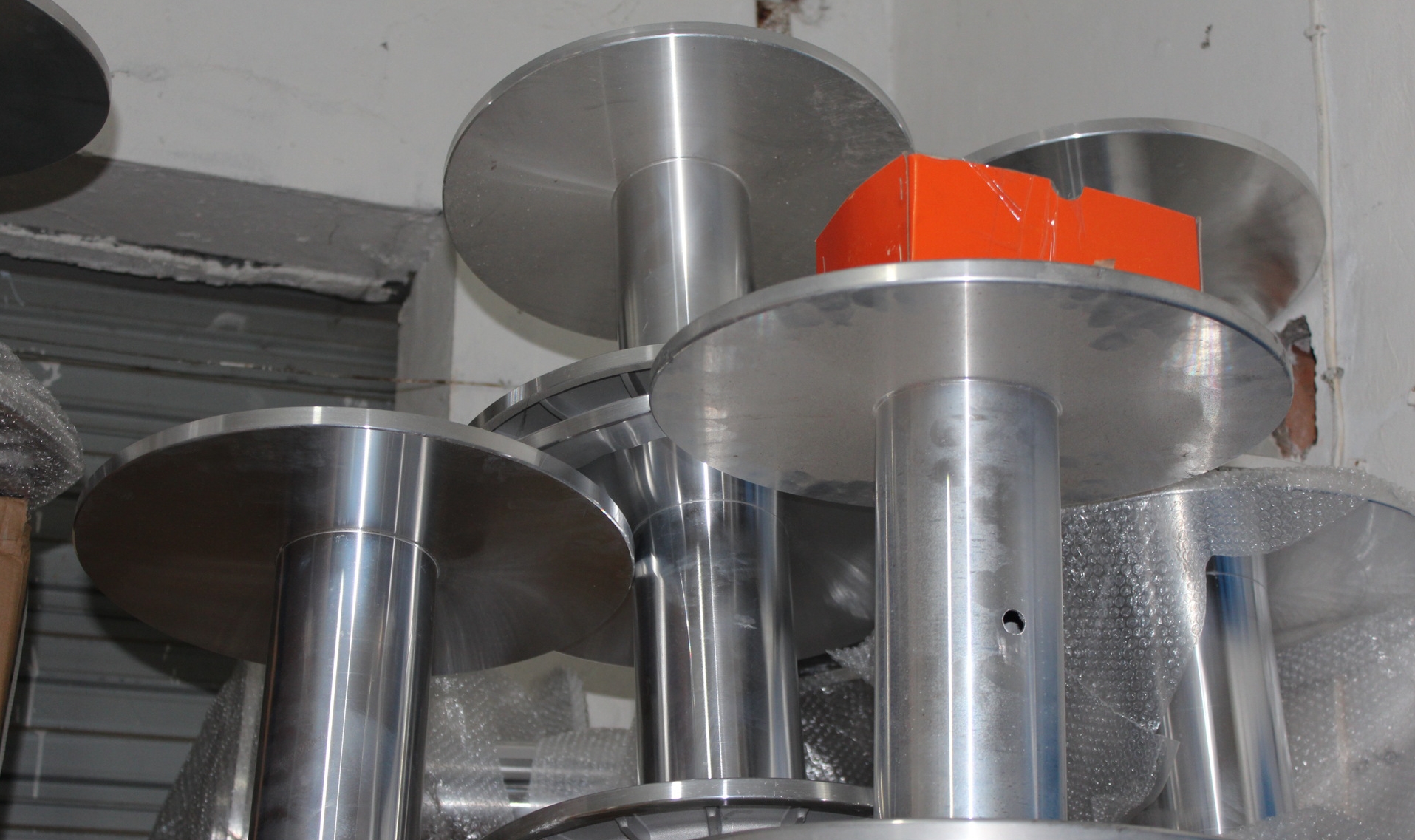
The late 20th century saw further refinements in Tricot beam technology, including the integration of computerized systems. These systems enabled manufacturers to program intricate patterns and designs into the machines, eliminating the need for manual adjustments. As a result, the production process became more streamlined, efficient, and customizable.
In recent years, Tricot beams have continued to evolve, with advancements in automation, robotics, and data analytics. These developments have further improved the efficiency and precision of textile manufacturing. Tricot beams are now an integral part of Industry 4.0, where smart factories use data-driven insights to optimize production processes.
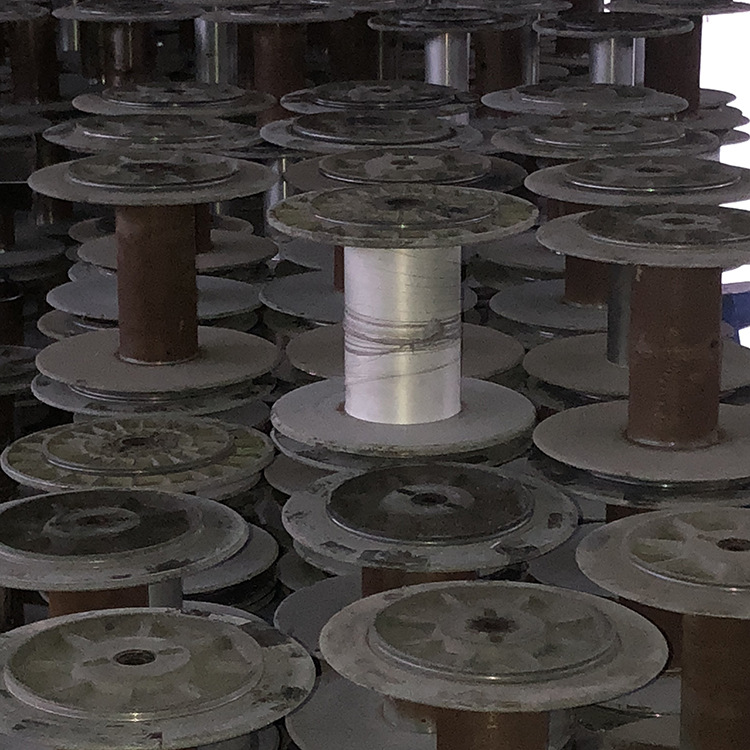
Today, Tricot beams are used in a wide range of industries beyond traditional textiles. In the medical field, they are employed to manufacture medical textiles with specific properties, such as antimicrobial or moisture-wicking capabilities. In the automotive sector, Tricot beams are utilized to create upholstery fabrics that meet stringent safety and durability requirements.
The future of Tricot beams looks promising, with ongoing research into advanced materials, sustainability, and customization options. As the textile industry continues to adapt to changing consumer preferences and environmental concerns, Tricot beams will play a pivotal role in shaping the fabrics of tomorrow.
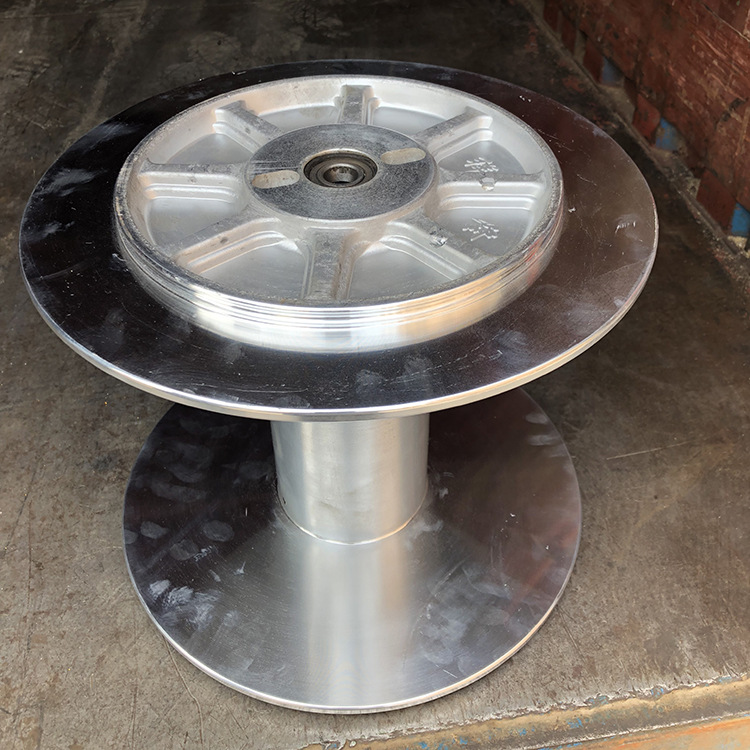
In conclusion, Tricot beams have come a long way since their inception in the 19th century. From humble wooden cylinders to sophisticated, computer-controlled components, they have been at the forefront of textile manufacturing innovation. As technology continues to advance, Tricot beams will remain a cornerstone of the textile industry, driving progress and enabling the creation of fabrics that meet the demands of the modern world.

Privacy statement: Your privacy is very important to Us. Our company promises not to disclose your personal information to any external company with out your explicit permission.

Fill in more information so that we can get in touch with you faster
Privacy statement: Your privacy is very important to Us. Our company promises not to disclose your personal information to any external company with out your explicit permission.